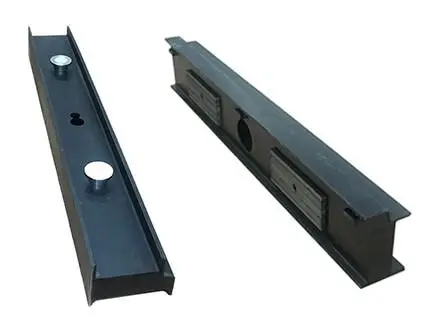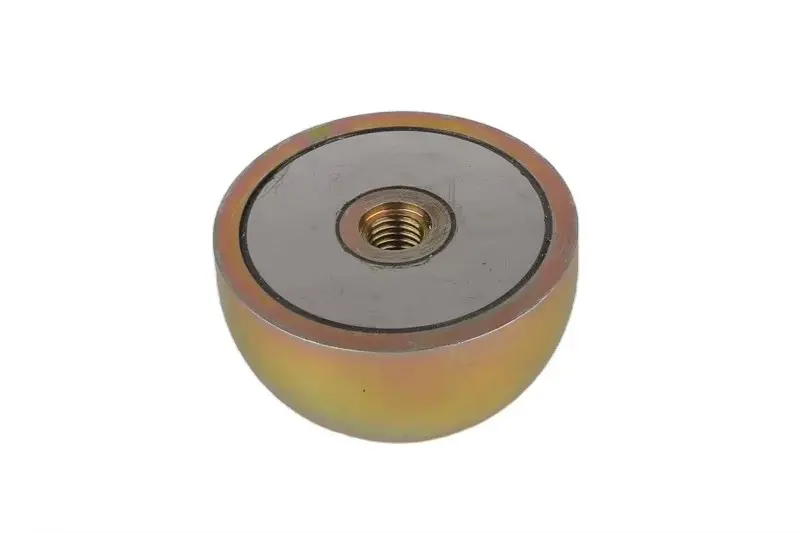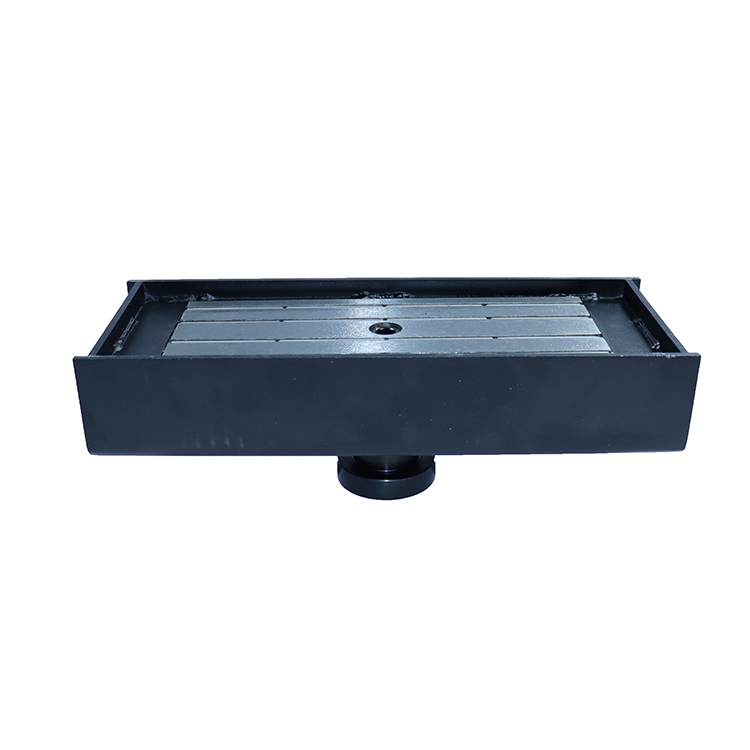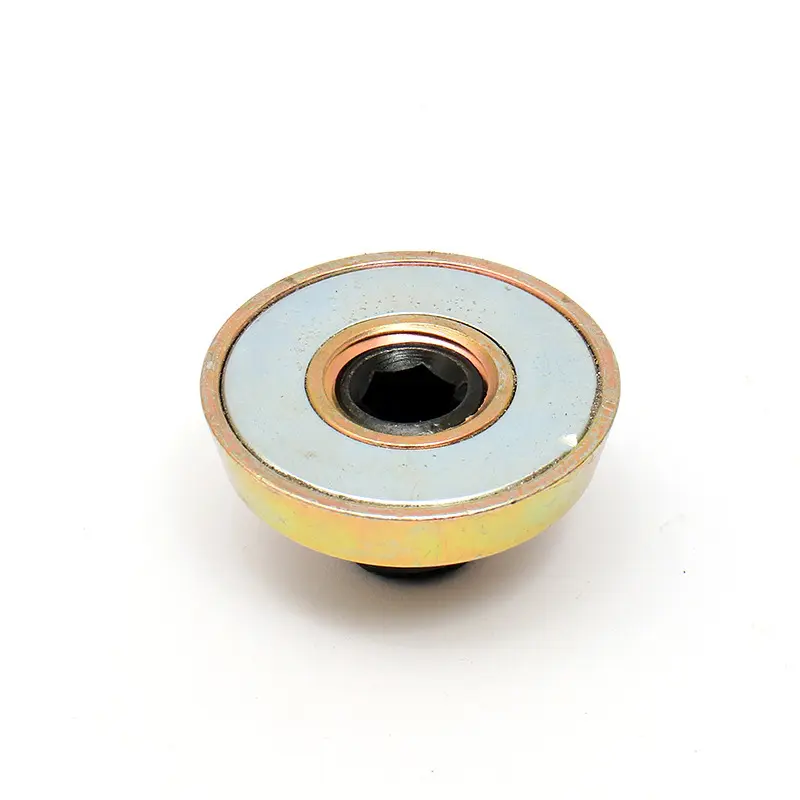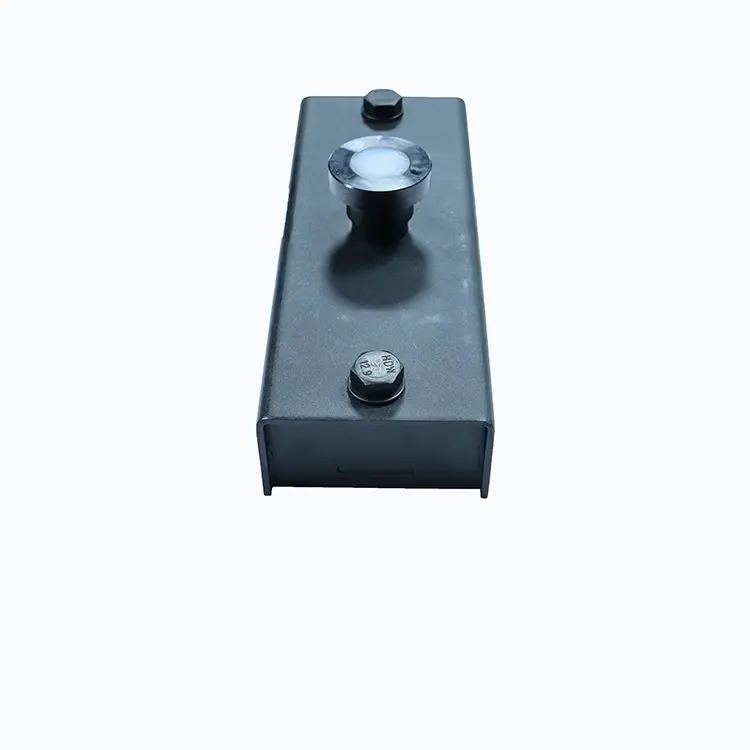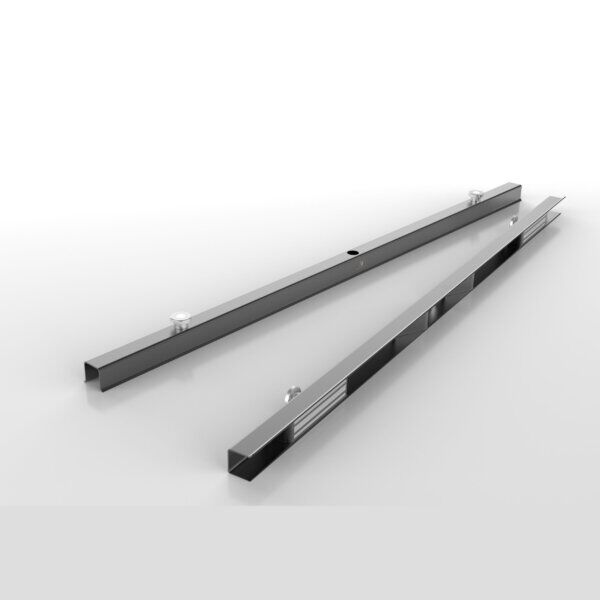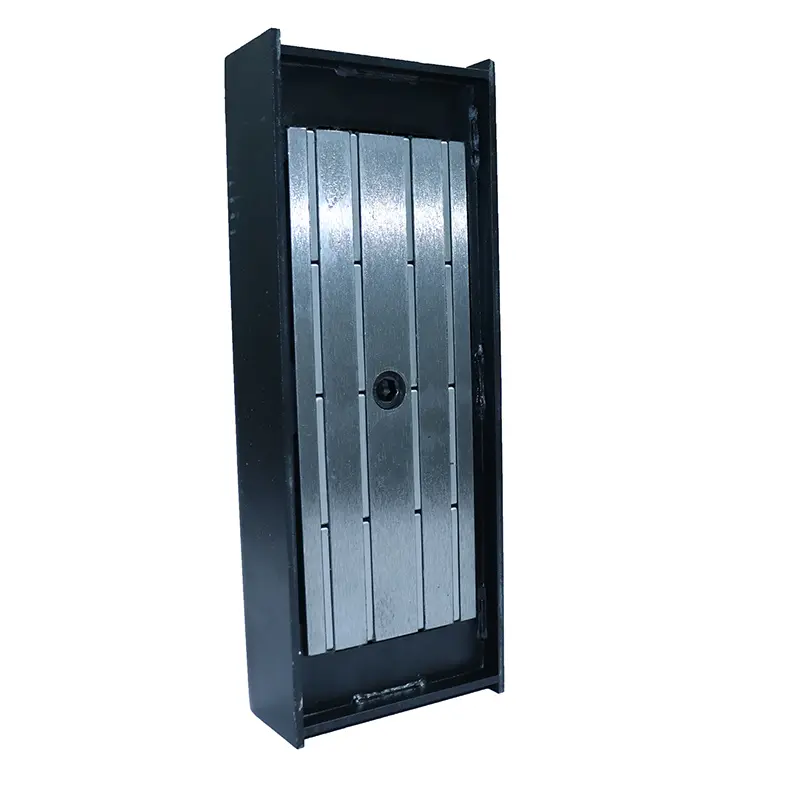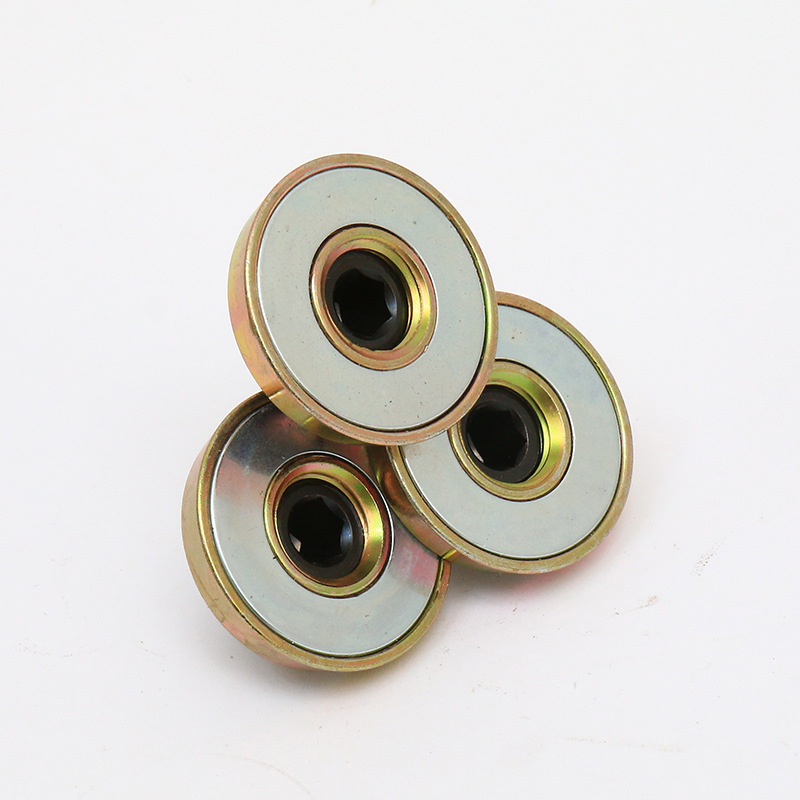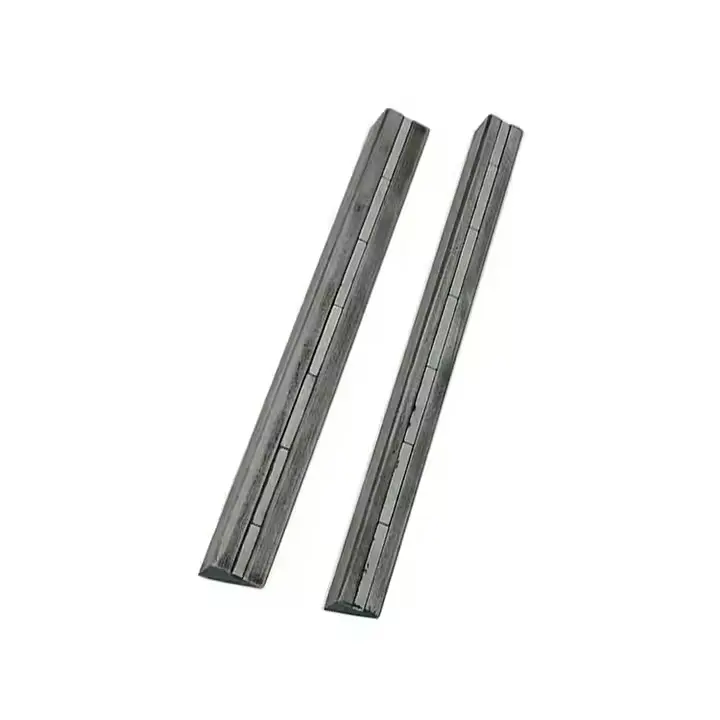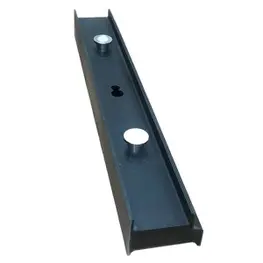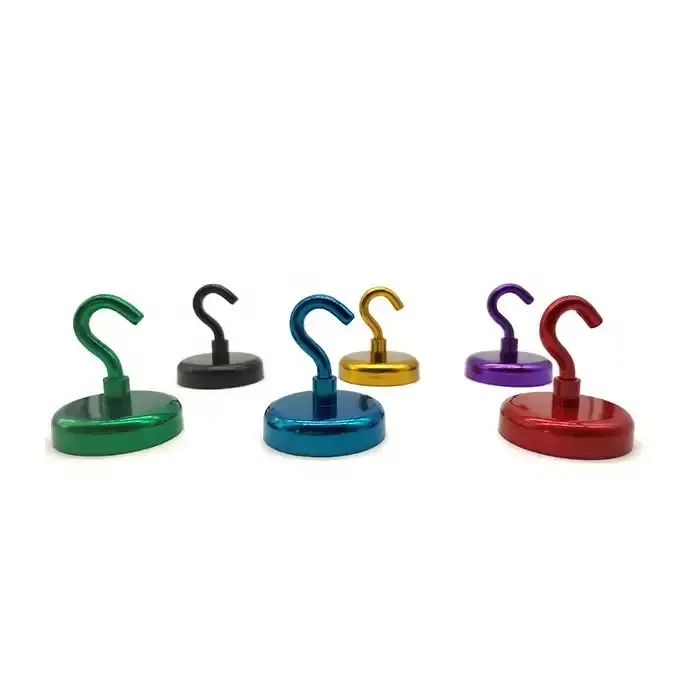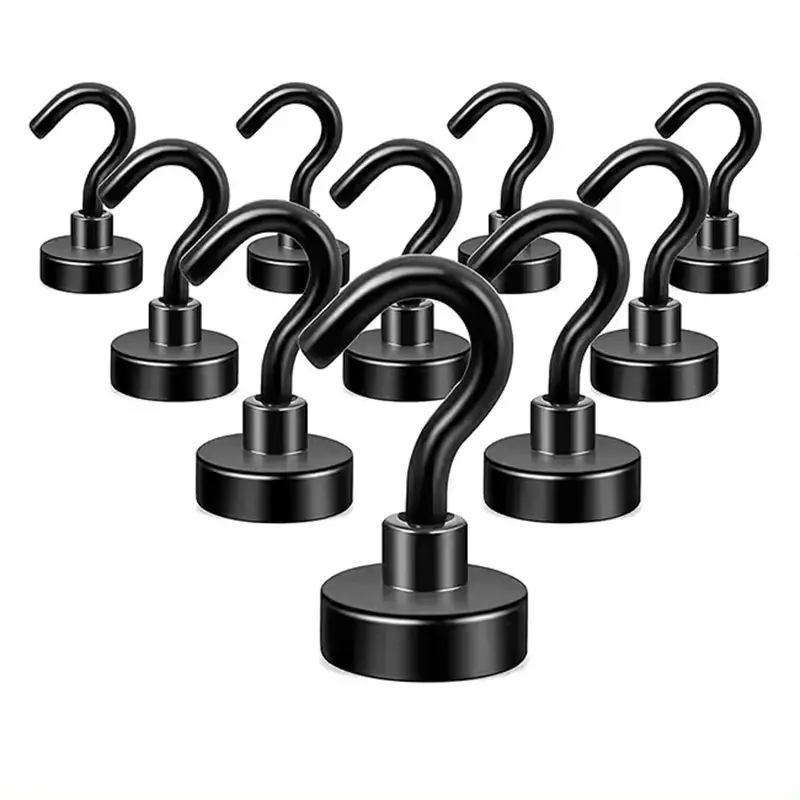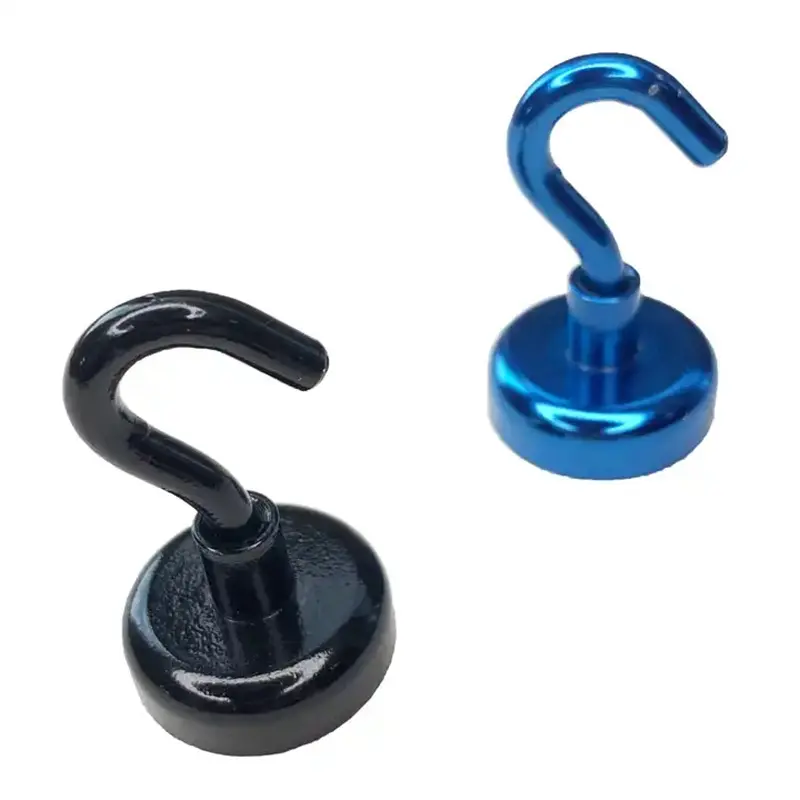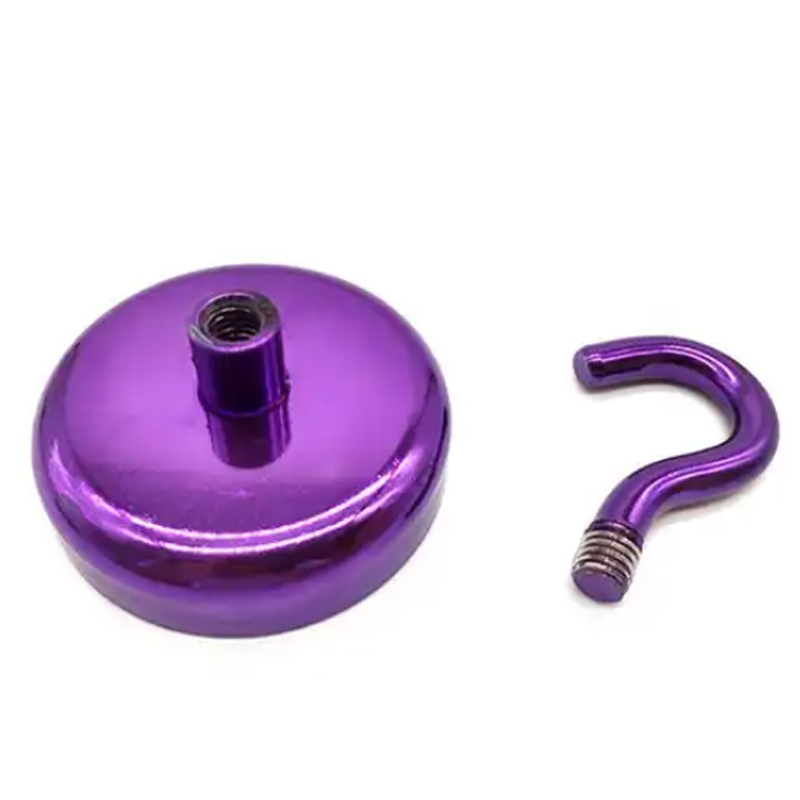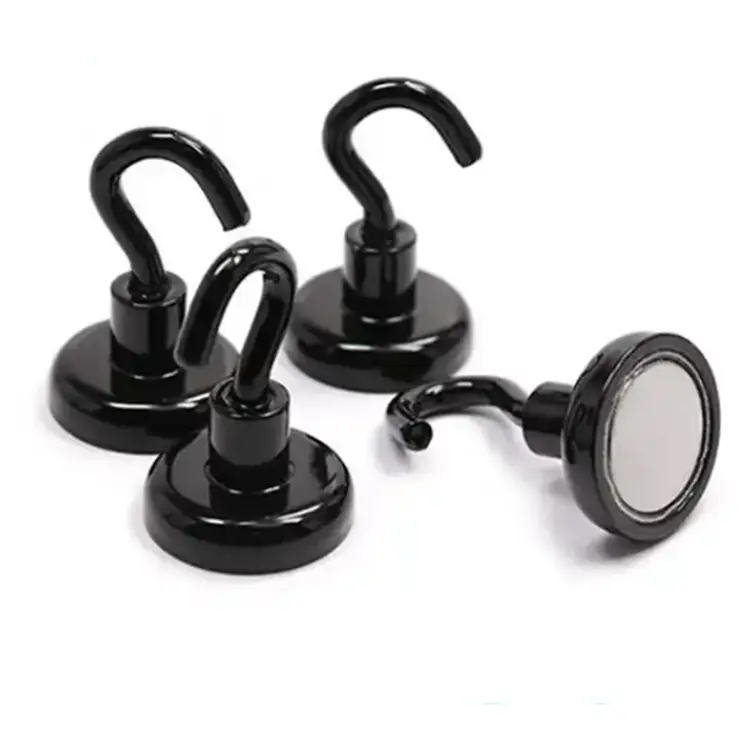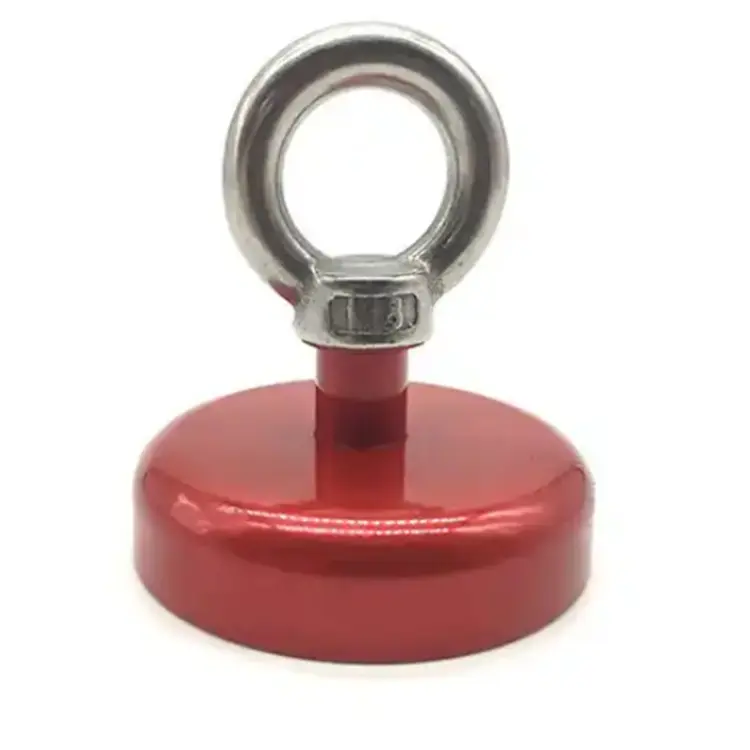0102030405
Permanent Rare Earth Neodymium Magnet Strong Pot Disc Magnet with Countersunk Hole
★ Oxidization (Rust)
NdFeB magnets will oxidize(rust) if left exposed. When a plating wears down or cracks, the exposed area will oxidize. An oxidized area will not result in complete degradation of the magnet, only the oxidized area will lose its strength. However the magnet will lose some structural integrity and become more susceptible to breakage.
★ Durability
Depending on shape, permanent magnet substrate is brittle. A multilayered metal plating like nickel or zinc improves the magnets resistance to chipping and wear, particularly around corners.
★ Harsh Environments
Platings vary in their tolerance of different harsh chemicals and abrasion. Salt and humidity in regions near the ocean are commonly overlooked when selecting a plating. Be sure to consider the magnets environment when selecting a plating.
The most common type of plating for neodymium magnets,Nickel (Ni-Cu-Ni),is intended for indoor use. It has proven to be very resilient when subjected to normal wear and tear. However it will corrode outdoors in prolonged exposure to salt water, salty air,or harsh chemicals.
A Magnetic field is an invisible flux moving from one end of the magnet to the other. Shown in Figure1. The flux consists of moving or spinning electrically charged particles invisible to the eye. If the max working temperature meets the requirement ,permanent magnets can retain the magnetic field for very long time even forever. Magnets have potential energy which means that they have the ability to conserve energy. The magnet will display or release some of its conserved energy when pulling towards or attaching to something then conserve or store the energy that the user exerts when pulling it off.
Every magnet has a north seeking and a south seeking face on opposite ends. The north face of one magnet will always be attracted towards the south face of another magnet.

